- Home
-
Private banking
-
LGT career
Solar panels, wind turbines, hydroelectric plants: Renewable power generation is thriving, and so is the industry's need for operation and maintenance providers - particularly using robotics. An interesting investment opportunity?

News: Aerones passes a new milestone (3 June 2025)
Latvian robotics pioneer Aerones has closed an oversubscribed USD 62 million Series B round, co-led by U.S. investors Activate Capital and S2G Investments. The fresh capital will fund a global rollout of the company’s rope-suspended robots and AI software, which already cut wind-turbine service time in half for operators such as GE Vernova and Enel, and will help scale manufacturing from a new hub in Dallas.
To mark this achievement, LGT Insights is republishing the article below, first published on 2 April 2024, which explores how robotics is transforming renewable energy maintenance.
The International Energy Agency predicts that renewable energy will provide 35 per cent of global power by 2025. What does this mean for service providers to the industry? A lot, it turns out. After all, the renewables sector is based on sustainability, and tight margins make it unfeasible to simply exchange systems, so continuous maintenance is a must. But tasks like cleaning solar panels and replacing wind turbine blades are time-consuming and expensive, especially given the remote locations of many renewable energy sites.
As a result, the renewable energy operation and maintenance (O&M) market is booming. Just ask global consulting firm Tersus Strategy, which recently predicted that solar O&M could enjoy a compound annual growth rate (CAGR) of 12.8 per cent through to 2030. And research consultants 24MarketReports, who estimate that the market for wind turbine operation and maintenance services could grow to USD 36 billion by 2030, at a CAGR of 9 per cent from 2023 to 2030.
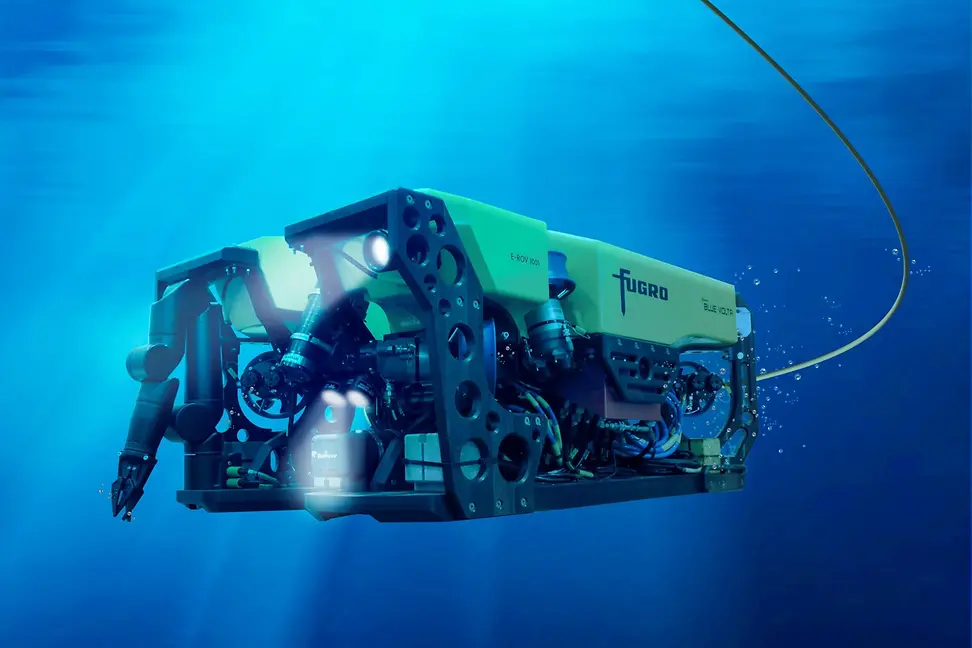
What's more, it's a highly innovative industry, with an increasing number of renewable O&M service providers turning to automated maintenance, with robots replacing humans to keep renewable sites running optimally, and AI targeting interventions at when and where they're most needed.
But although robot-led maintenance is increasingly popular from the Baltic to Vietnam, many obstacles remain. Regulatory hurdles and technical challenges are just two of the key areas potential investors in the sector need to bear in mind.
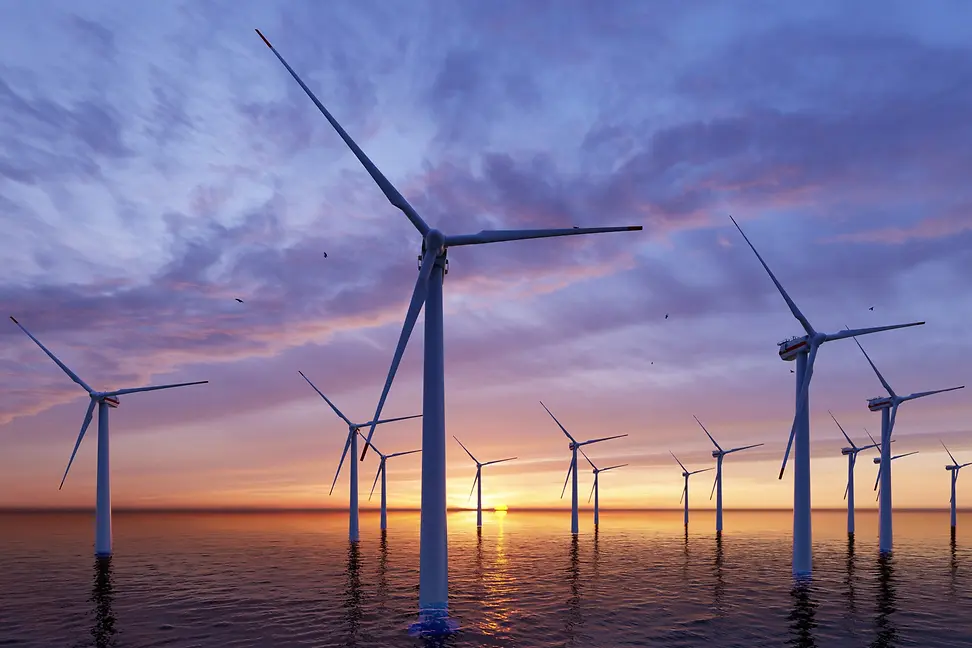
And with sites ranging from offshore wind farms to desert solar plants, renewable O&M is bewilderingly varied. Furthermore, repairing cracked photovoltaic panels calls for totally different skills to those needed to replace a turbine gearbox, so it's a highly diverse and specialised sector.
Amid the strong growth and the financial goldrush, renewable energy maintenance still faces problems. When it comes to offshore wind farms, Professor Yvan Petillot of Heriot-Watt University in Edinburgh says that the most obvious difficulty involves geography. To reach cables up to 100 miles offshore can mean using helicopters, ships, and deep sea divers. Even when based on land, maintenance operations can be dangerous. Routine maintenance procedures caused 532 safety incidents across UK onshore wind farms in 2020, with seven requiring urgent evacuation.
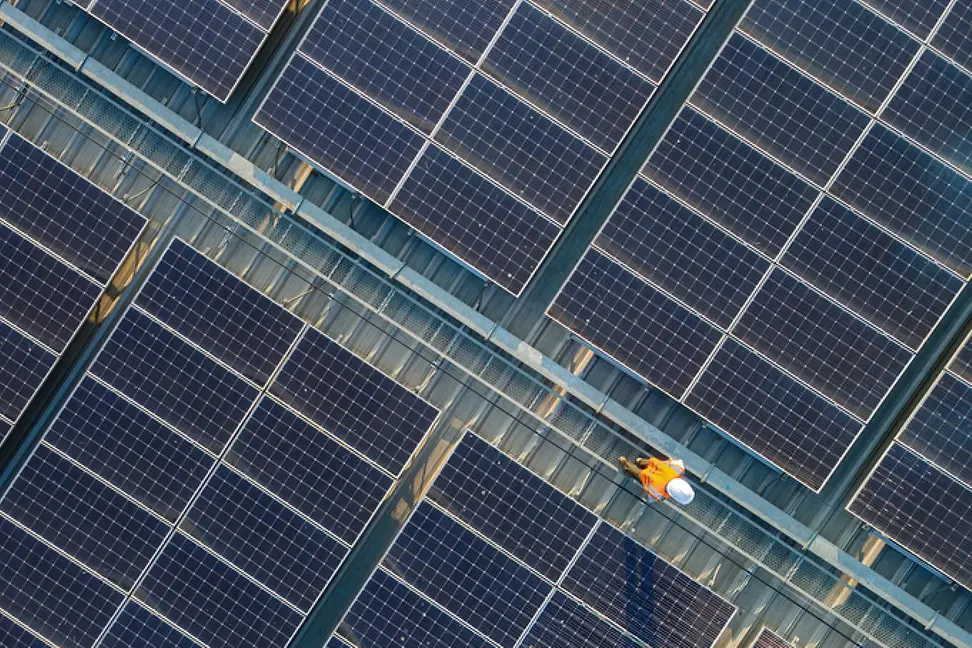
Although more accessible, solar farms face complications of their own. "If you're in a hot, sandy place in a desert, there's a lot of sand that gets blown around. How do you get that off the panels?" asks Dr. Miles Elsden, director of the Institute for Safe Autonomy at the University of York. He adds that in his native Britain, one of the main solar maintenance challenges is dealing with the damage done by bird droppings.

Whatever the situation, relying on manual maintenance alone is expensive and inefficient. "Inadequate maintenance can result in extremely high repair costs," says Kostas Karachalios, CEO at Perceptual Robotics, noting that employing flesh-and-blood technicians is often cripplingly expensive.
Solar panel expert and Vietnam-based tech entrepreneur Dr. Surender Rangaraju adds that "maintenance is typically untargeted, with panels cleaned or blades replaced according to an inflexible schedule, regardless of whether they need attention or not."
He says that training has also traditionally been a concern: getting new hires up to speed is costly, while he's seen cases of untutored Vietnamese staff using chemicals to clean dirty solar panels, which is a sure way to damage them.
With these points in mind, it makes sense that the renewable energy sector is moving away from manual O&M and adopting robotic solutions instead. Based in Riga, Aerones is a good example of this. Founded in 2015, this Latvian startup has developed a range of systems designed to make wind turbine maintenance faster, safer, and more effective.
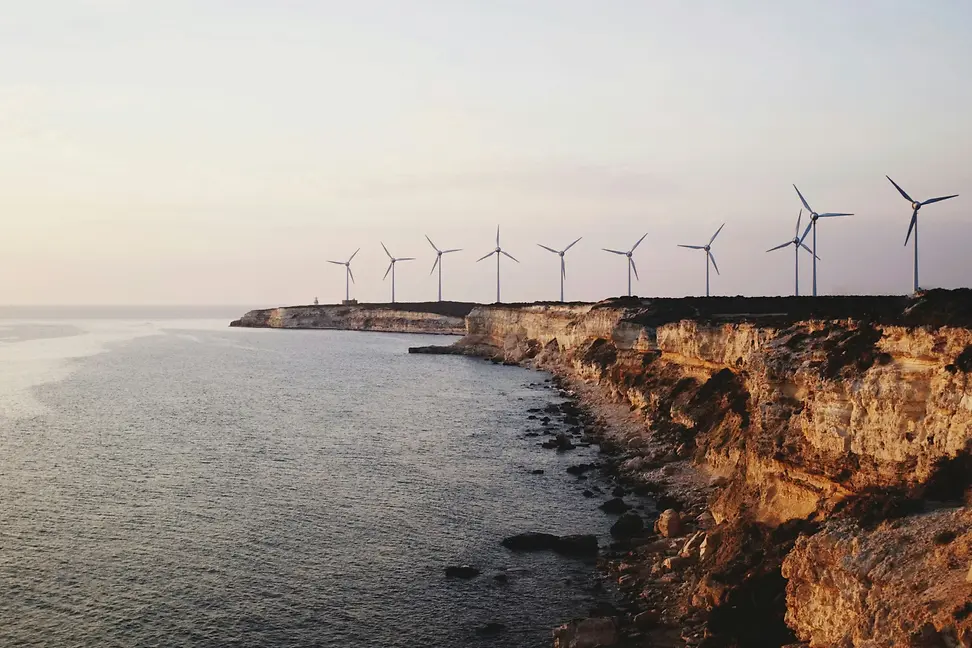
First, a robotic arm, similar to those used in surgery, is lifted into the air on a series of ropes. These are connected to winches, and shift the robot up and down the turbine as needed. A technician is always nearby, monitoring the whole process from the safety of a van.
Aerones founder Dainis Kruze explains that his company's system is up to six times faster than manual maintenance. Furthermore, using Aerones robots ensures that turbine downtime is cut by up to ten times. Investors have noticed these advantages too. With a new investment pot worth USD 30 million, Kruze and his colleagues have so far serviced 8000 turbines across 27 countries - and counting.
Aerones is not alone. Research firm Future Market Insights reports that the wind turbine automation market could reach USD 40 billion by 2032, with a CAGR of 10.2 per cent. Dozens of other operators are joining the industry.
One example is the National Robotarium, based in Edinburgh. With Petillot as its academic co-lead, this robotics and AI innovation centre is developing fully autonomous robots trained to repair offshore turbines underwater. Rugged enough to withstand wind and waves, the robots will be launched from ships, then navigate to the right spot and complete a range of maintenance functions, grasping objects or turning valves as necessary, all without human interference.
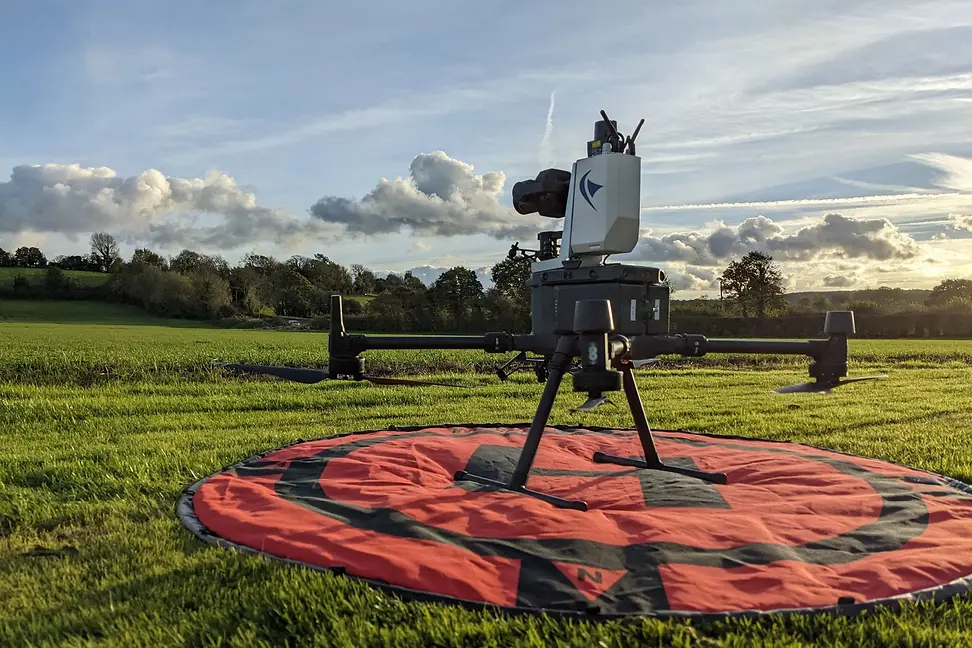
Karachalios and Perceptual Robotics are doing comparable work for onshore turbines, while similar technology is reshaping the solar sector, too. In Vietnam, for instance, Rangaraju has partnered with local academics to develop a brush-equipped robot that glides across solar panels, wiping away dust and other obstructions and eliminating the need for damaging chemicals.

Rangaraju's platform is one of several to use machine learning to target maintenance exactly where it's needed. "While humans can't find minor defects," he explains, "our robots not only identify the problem, but also collect enormous amounts of data to provide proactive support."
In Latvia, Kruze makes a similar point about Aerones. "AI recognises problems inside the blade," he says of his robots, noting that computer-based examinations are much faster than manual alternatives.
The financial and efficiency implications here are obviously vast, which explains why some analysts are so optimistic about robotic O&M going forward.
Marta Pyrzyk is a growth investor at Lightrock, the private equity operator that co-led Aerones' USD 30 million investment round. "In the future," Pyrzyk suggests, "we anticipate a notable increase in turbine maintenance investment to meet net-zero targets, especially in impact investing, driven by the growing demand for wind energy."
All the same, it would be wrong to suggest that progress is assured. One problem is regulation. For example, as Petillot notes, existing maritime laws can't really be applied to autonomous underwater robots. For their part, airborne drones have faced similar difficulties, especially when flights over busy urban areas worry air-traffic controllers.
Alongside traditional financial factors, impact investors take social and environmental aspects into account when managing their portfolios. LGT's partner company Lightrock is one of the pioneers in impact investing: since 2009, Lightrock has been investing in sustainable and fast-growing companies in Africa, Europe, India and Latin America that make a measurable contribution to systemic change.
To be fair, there are solutions, with Elsden suggesting that borrowing rules from the oil and gas sector, more mature than renewables, could be helpful. But that still leaves the question of the technology itself.
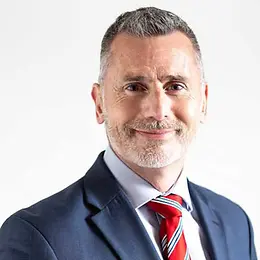
As Petillot says of his own work, "Keeping in contact with robots dozens of metres underwater can be tricky, particularly when using spotty satellites." Innovations like Starlink should help. For Rangaraju, on the other hand, the real issue is to find targeted solutions. "One single robot can't be used on all solar farms for all situations," he emphasises, adding that solar installations on houses inevitably require bespoke machines, which is also true of angled panels.
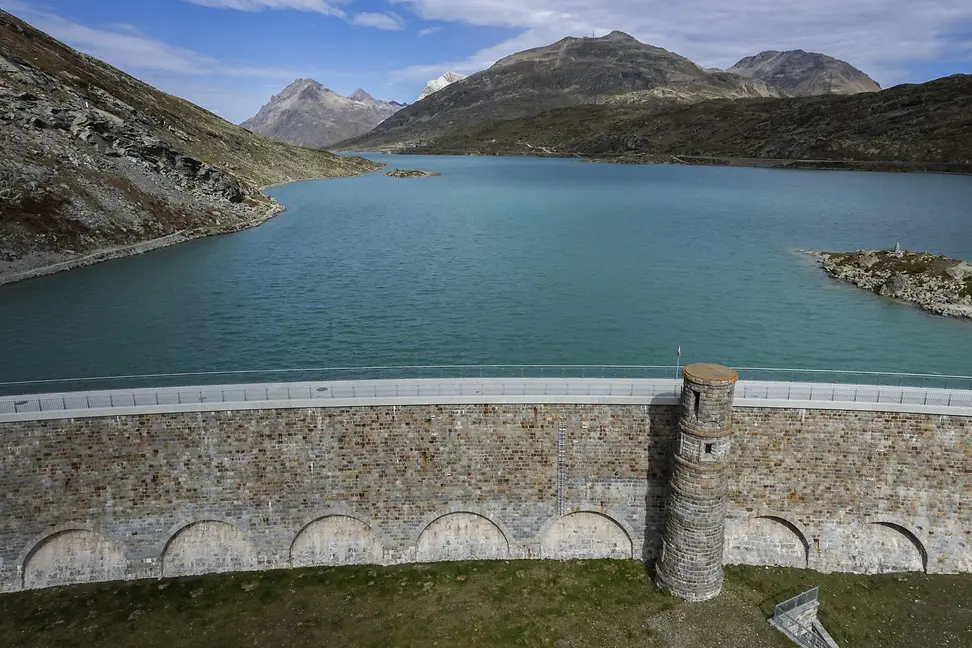
Examples like these hint at a broader trend for renewable energy O&M solutions to become as varied as the industry they serve, Pyrzyk says we should expect maintenance providers to remain specialised and diverse. As the Lightrock specialist explains, although consolidation may become more pronounced as the market matures, unique technical solutions are still entering the market.
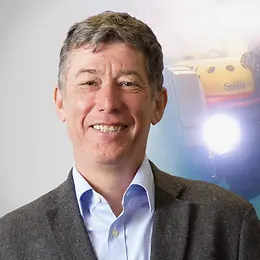
This is reflected by an ongoing preference for working with external partners, and not bringing O&M in-house. "For a large organisation," says Elsden, "it's often easier just to buy this in. It becomes a capital expense rather than an operating expense."
Pyrzyk agrees. While environmental pressures may produce some internal O&M investment, she predicts that there will always be room for external maintenance experts like Aerones. Given that net-zero targets require us to build some 200,000 offshore turbines by 2050 - and install the equivalent of the world's largest solar farm each and every day - that's surely just as well.